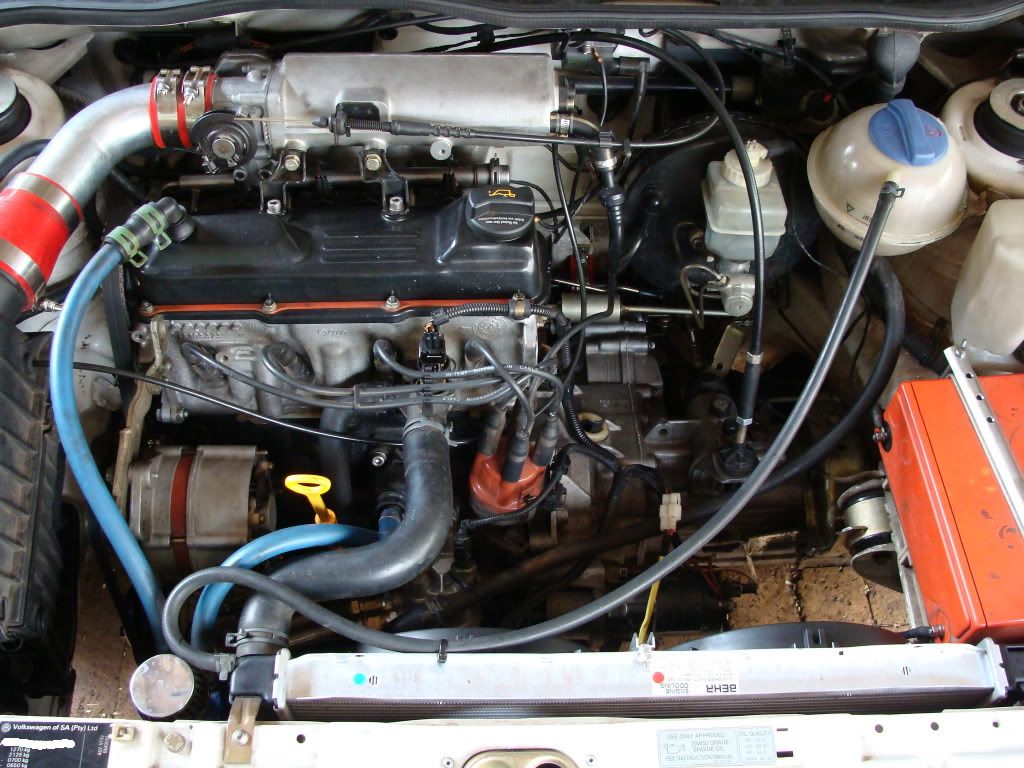I guess what he's alluding to is that the engine needs to have a good volumetric efficiency before you use a turbo to increase the manifold air density, and he's correct to say that. However, it's absolutely certain that the best volumetric efficiency is gained by the largest valve area, hence every proper race engine ever being large bore short stroke (like the Megatron F1 engine you mention)
In this day and age of digital engine management, there are plenty of tricks one can use to
help move the boost threshold down the rev range, and plenty of tricks to improve torque response to throttle position etc.
You may of course choose to use a port /CC design that trades some of it's ultimate discharge co-efficient for extra charge motion (tumble) or in chamber charge motion (squish), in order to maximise burn rate and hence work transfer to the piston, but generally only if you are in an air limited formula ( mandated inlet restrictor).
The biggest gain for driveability on any engine will be to pick a cylinder head that has varriable valve timing (idealy dual), which might point to a more modern engine?
And of course, if you want real power then you also will want to move to a DI engine, but that still carries a huge cost and compexity with it that the average "aftermarket" racer is not going to want to embrace.




